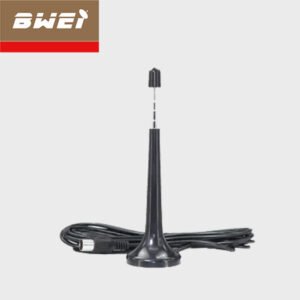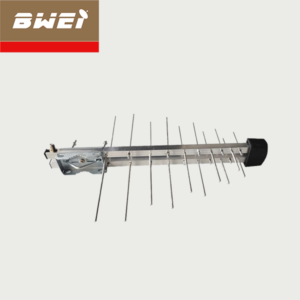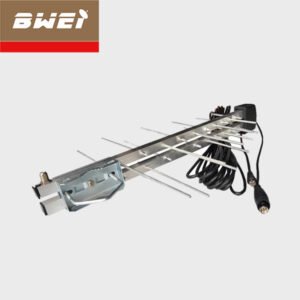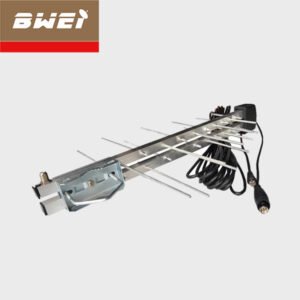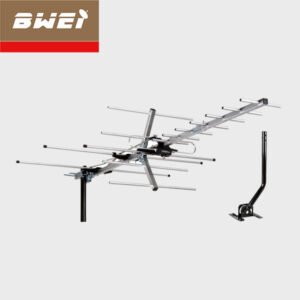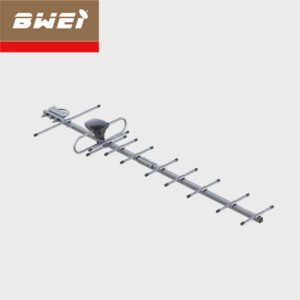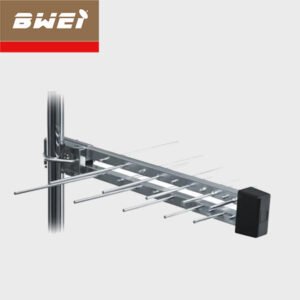Yagi antenna
The Yagi-Uda Antenna, invented in 1926 by Japanese engineers Hidetsugu Yagi and Shintaro Uda, is a directional antenna. Its design includes a main driven element, several parasitic elements (reflector and directors), and a boom. The interaction between the main driven element and parasitic elements achieves directional gain, making it more efficient in receiving or transmitting signals in a specific direction. Yagi antennas are commonly used in wireless communication, television, and RF applications due to their simplicity, cost-effectiveness, and high gain. This antenna type excels in directional communication and long-distance transmission.
Showing all 8 results

